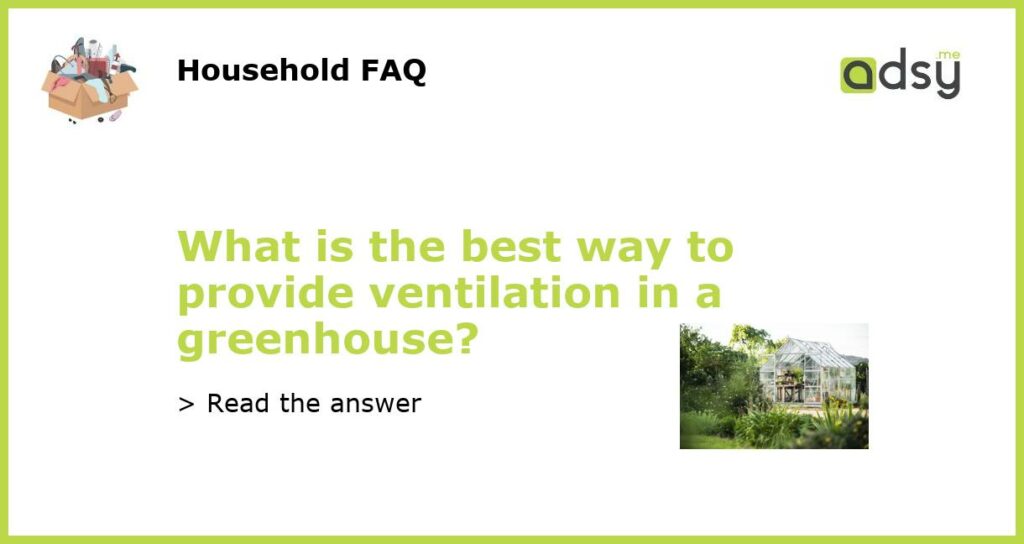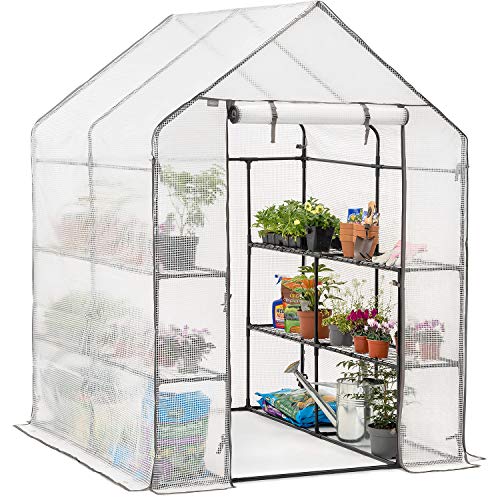Understanding the Importance of Proper Ventilation in a Greenhouse
Greenhouses are ideal for cultivating plants in an environment that is controlled by growers who can maintain temperature, humidity, and light levels to ensure optimal plant growth. However, proper ventilation is critical in ensuring that conditions within a greenhouse remain stable and that plants remain healthy.
Types of Ventilation Systems for Greenhouses
There are two main types of ventilation systems for greenhouses, one is passive, and the other is active. Passive ventilation systems rely on natural air convection, while active ventilation systems make use of mechanical fans and vents to circulate air in and out of the greenhouse. The type of ventilation system that will work best for your greenhouse will depend on the size of your greenhouse, as well as the type of plants that you are growing.
Passive Ventilation: An Overview
Passive ventilation is a simple and cost-effective way of regulating temperature and humidity levels within a greenhouse. This form of ventilation works by allowing hot and humid air to rise and exit through the vents located near the roofline, and then replacement air is pulled in through lower vents located near the base of the greenhouse.
Active Ventilation: An Overview
Active ventilation is a more complex system that relies on mechanical fans and vents to cycle air in and out of a greenhouse. This system helps to regulate temperature and humidity levels while also preventing stagnant air from forming within the greenhouse. Active ventilation is an excellent choice for larger greenhouses that require more significant air circulation to maintain optimal growing conditions.
Combining Passive and Active Ventilation for Optimal Results
Many growers prefer to use a combination of both passive and active ventilation systems to achieve the best results. By combining these two methods, growers can maintain optimal temperature and humidity levels while also keeping air circulating and preventing stagnant air. This can be especially helpful in larger greenhouses where air circulation can be a challenge.






